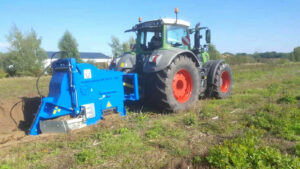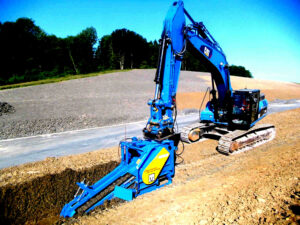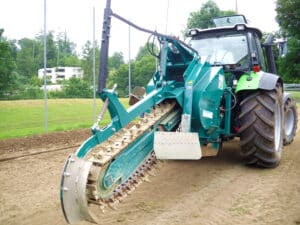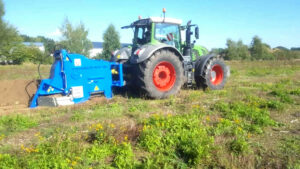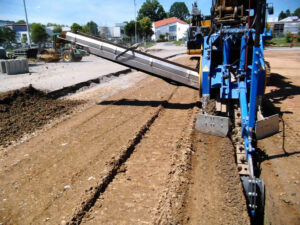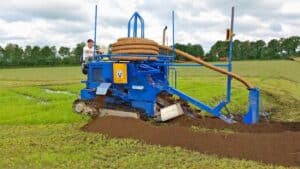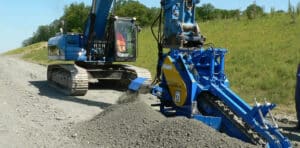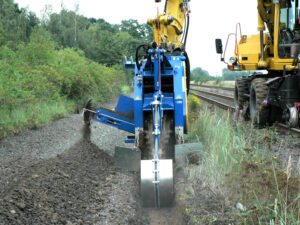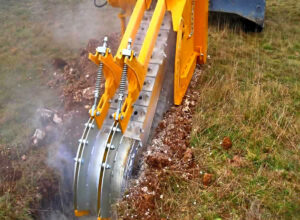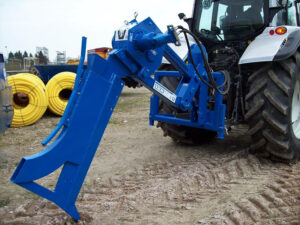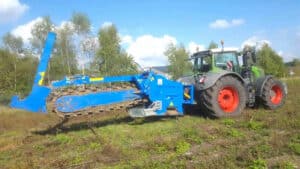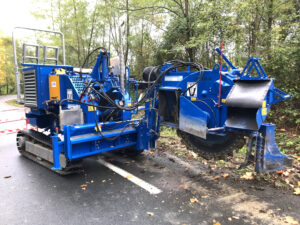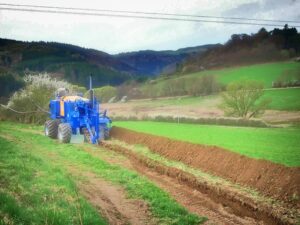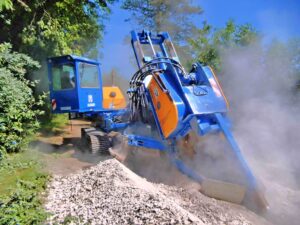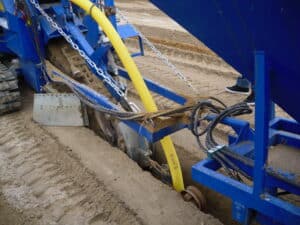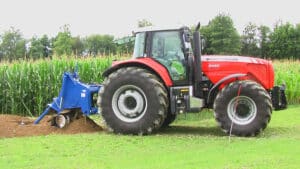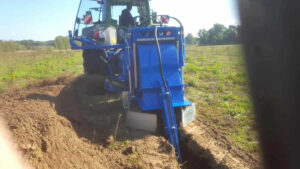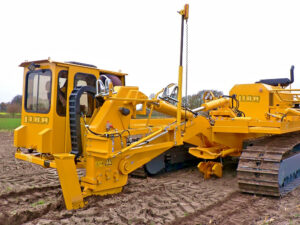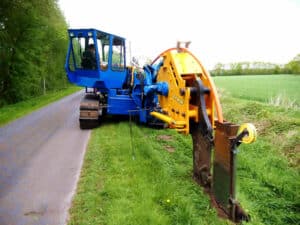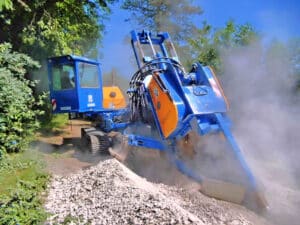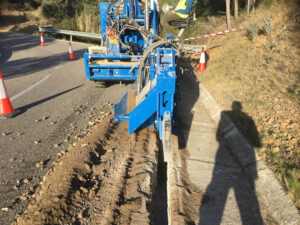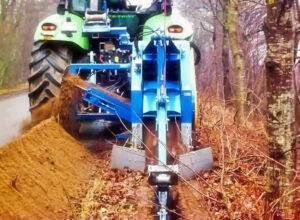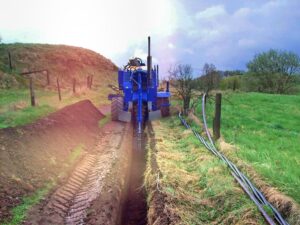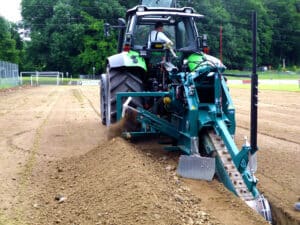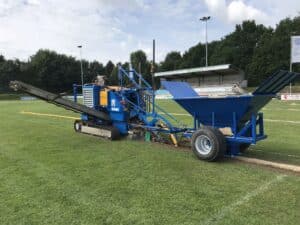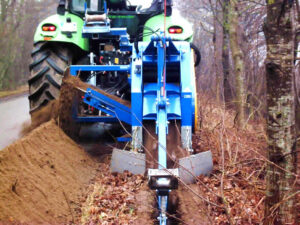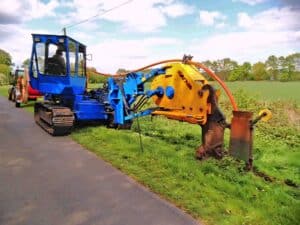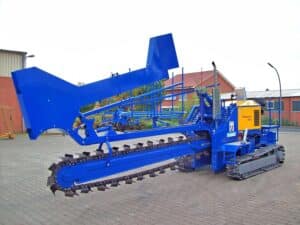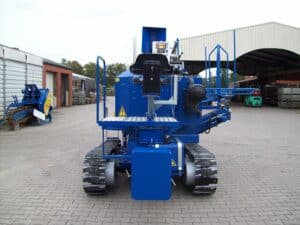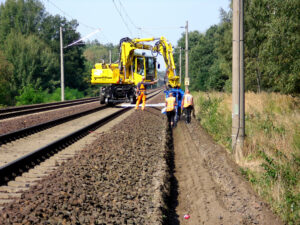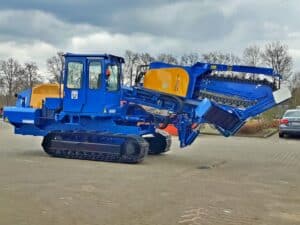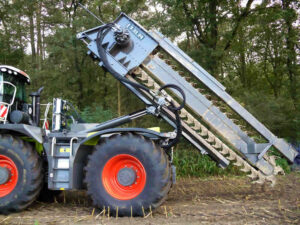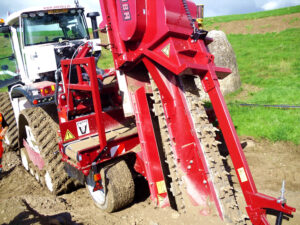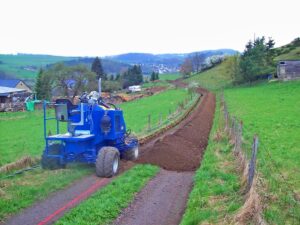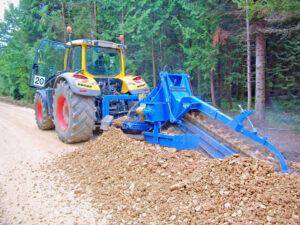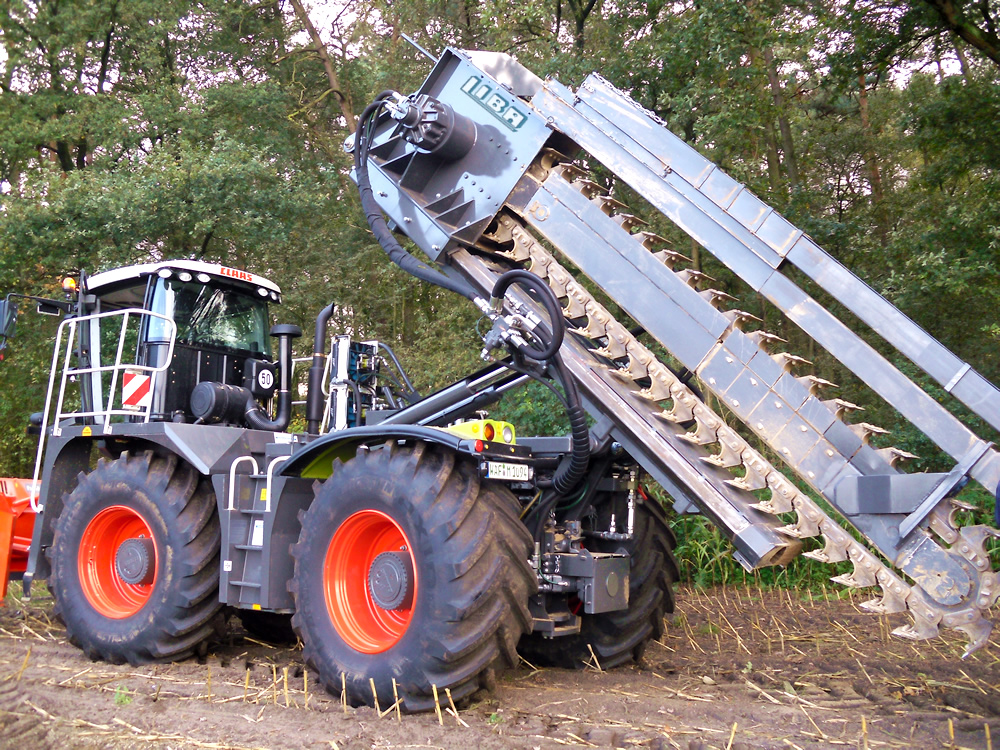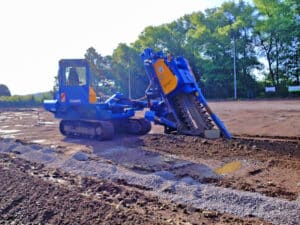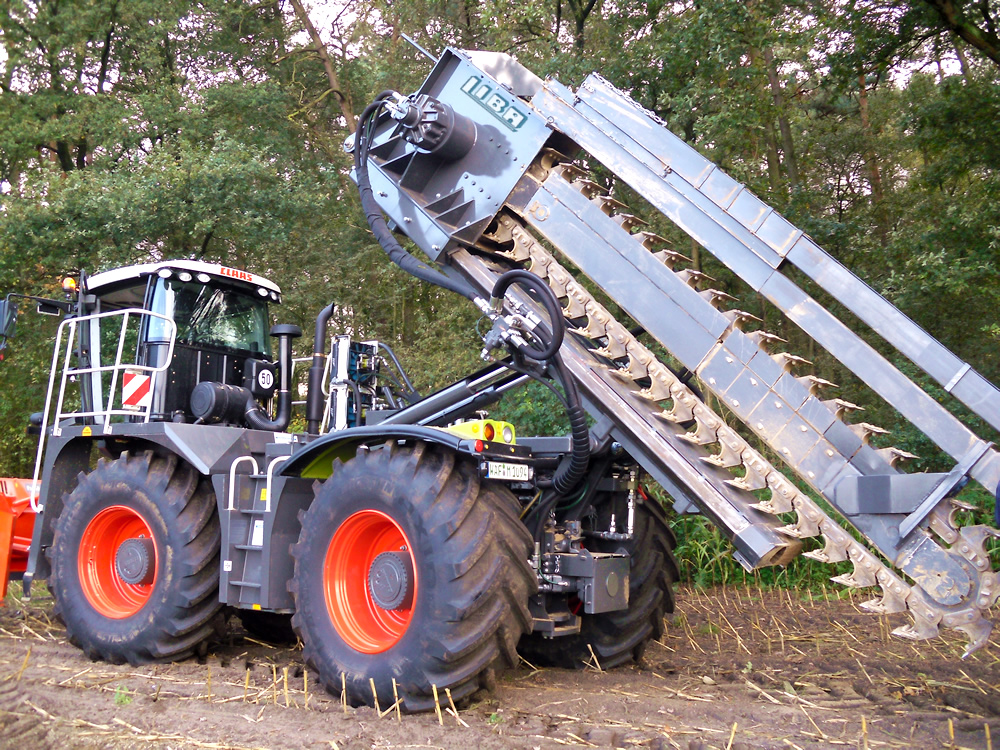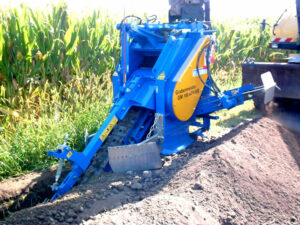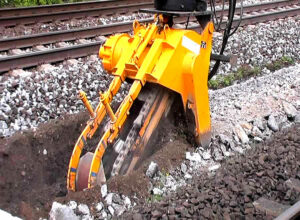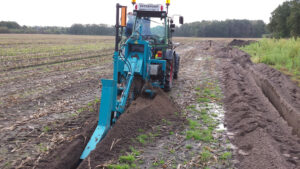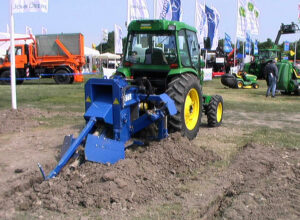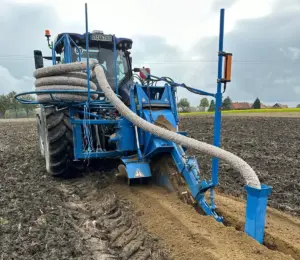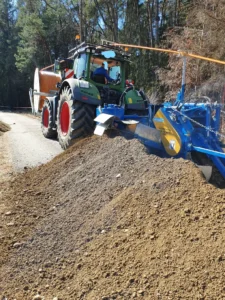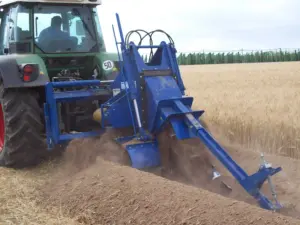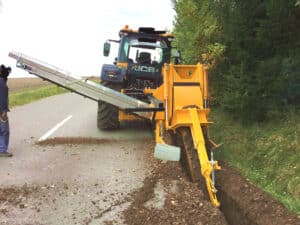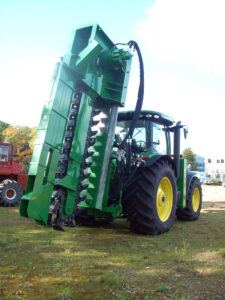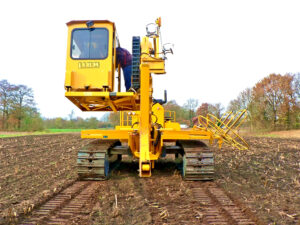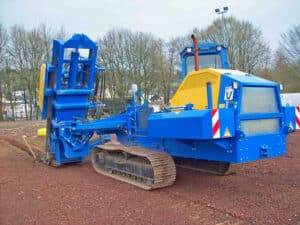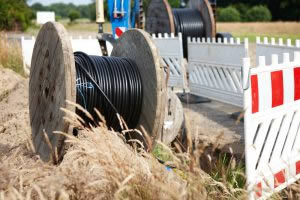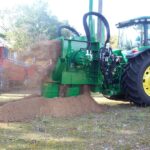To use a trencher for drainage ditches, you must first determine the location where you want to dig the drainage ditch. Keep in mind that drainage ditches usually run along a sloped surface to effectively drain water.
Next, you need to properly adjust the trencher to dig the right trench. Ensure that the depth and width of the trench match the requirements of the drainage system. Most trenchers have settings that allow you to adjust the depth and width of the trench.
Once you have set the trencher, you can dig the trench. Drive the trencher slowly along the line of the drainage ditch, keeping it at the depth and width you need. It is important that you dig the trench evenly to ensure that the drainage system is working properly.
Once the trench is dug, you need to make sure it has the right slope to drain the water effectively. This can be done by checking with a spirit level or a leveling device. Then you can install the drainage system and fill the trench with soil.
It is important to be careful and take all necessary safety precautions when using a trencher for drainage ditches, as it is a powerful tool. Be sure to read the operating instructions and wear the proper protective equipment.
Advantages of the trencher
Making drainage ditches with trenchers offers many advantages over manual methods. Here are some advantages of using trenchers for making drainage ditches:
- Speed: Trenchers can make drainage ditches quickly and efficiently, saving time and money.
- Precision: The adjustment of the trencher allows precise control of the depth and width of the drainage trench, which is important for effective drainage.
- Uniform depth: trenchers can produce a uniform depth trench, which is important for effective drainage.
- Flexibility: Trenchers can be used in a variety of soil types, making them a versatile option for making drainage ditches.
- Less physical effort: The use of trenchers reduces the physical effort required to manually dig drainage ditches, resulting in a lower risk of injury.
- Less damage: using trenchers minimizes damage to the surrounding landscape and plants because the trencher is precise and controlled.
- Reusable material: The material excavated by the trencher can be reused for other purposes, reducing waste.
Overall, using trenchers to make drainage ditches provides a fast, efficient and accurate method of creating a uniform and deep trench for effective drainage.
GM 180 AF, GM 6 ASR, GM 160 AS/AF, GM 300 HF, GM 450 H,
Suitable trenchers for making drainage ditches are:
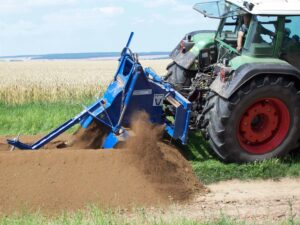
GM 160 AS – Trencher for drainage
Drainage with the GM 160 AS trencher from Lingener Baumaschinen. A powerful machine specially designed for use when laying drainage pipes. It is ideal for
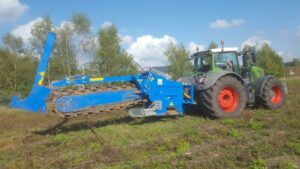
Cable laying with the GM 180 AF
Cable laying with the GM 180 AF The GM 180 AF trencher from Lingener Baumaschinen is a specialized machine for cable laying. It can effectively

Renewable energies and trenching – Efficient infrastructure for a sustainable future
The promotion of renewable energy is crucial for a sustainable and environmentally friendly future. When installing renewable energy infrastructures, such as geothermal probes or underground
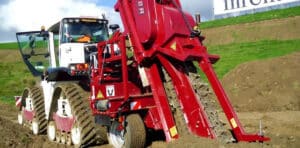
GM 300 HF – Trencher for deep milling work
The GM 300 HF trencher from Lingener Baumaschinen is a powerful machine specially designed for deep milling work. It is ideal for use in the


